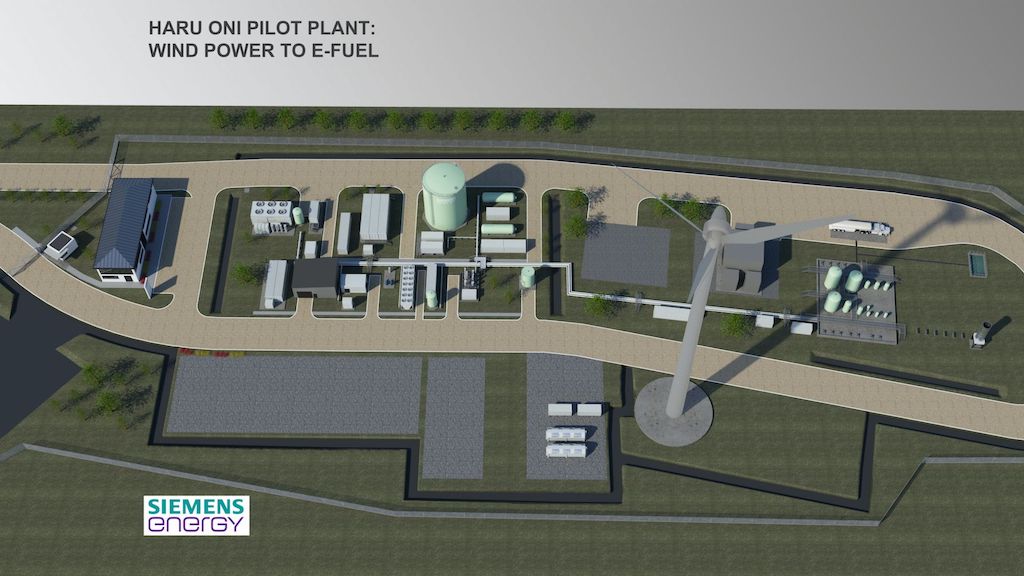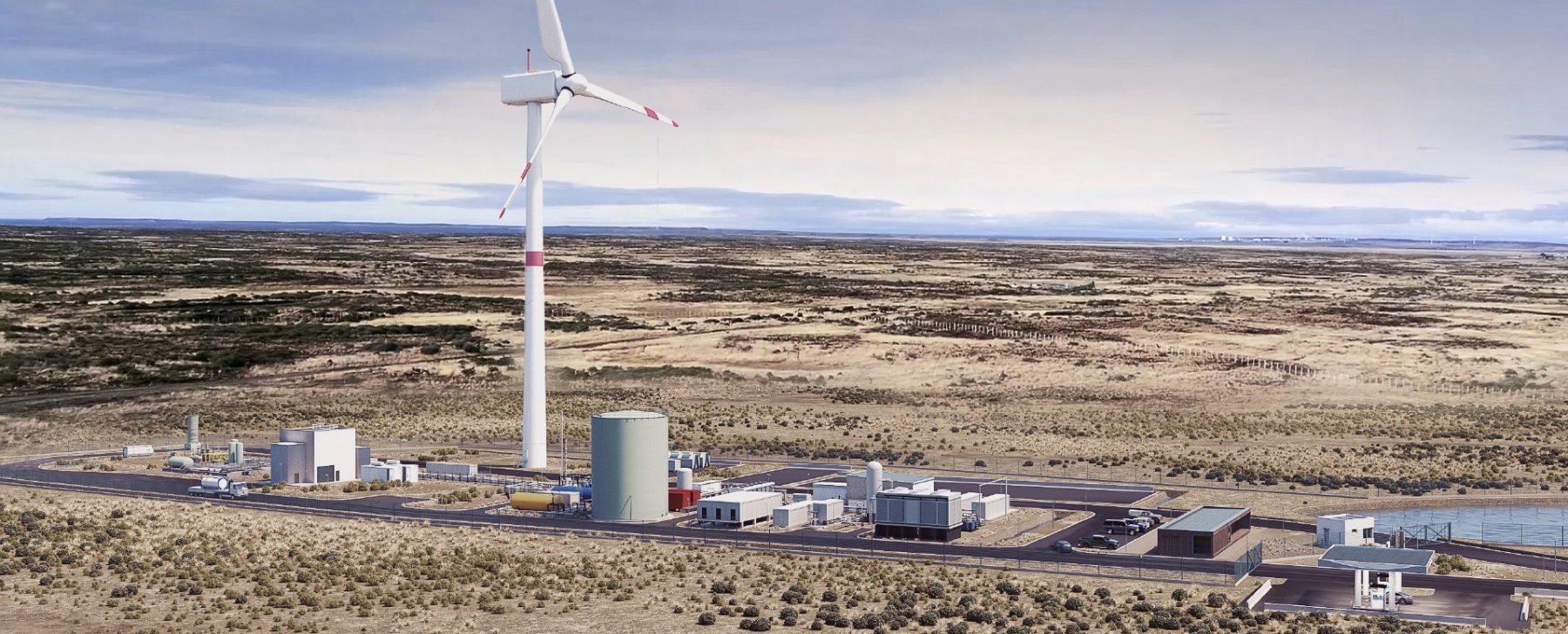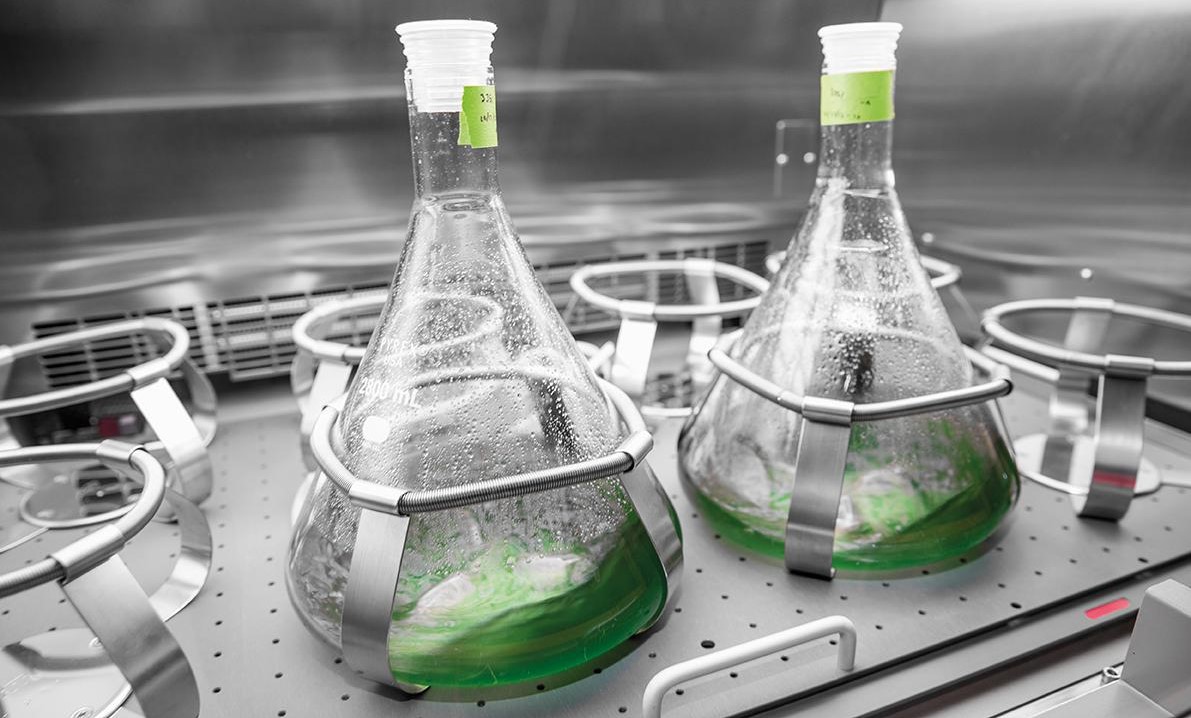La investigación sobre biocombustibles está un paso más cerca de reducir las emisiones tóxicas del transporte marítimo
20 de mayo de 2021
Si bien se ha hecho mucho para reducir las emisiones nocivas de los vehículos de 4 y 2 ruedas, no podemos decir lo mismo sobre la industria marítima. Va más lento, pero los investigadores están trabajando diligentemente en el desarrollo de combustibles alternativos.

Desde 2005, la Organización Marina Internacional (OMI) ha estado elevando el nivel de las restricciones de emisiones nocivas, lo que ya ha mostrado un impacto positivo no solo en el medio ambiente, sino también en la salud de las personas que viven a lo largo de las costas. Y, dado que las emisiones de óxido de azufre son algunas de las culpables de dañar el medio ambiente, la norma de la OMI más reciente redujo el contenido de azufre en el fueloil de los barcos del 3,5% al 0,5%. Sin embargo, la organización no se detuvo allí, también se estableció el objetivo de reducir gases de efecto invernadero (GEI)
de las emisiones del transporte marítimo internacional a la mitad, en comparación con los niveles de 2008, en los próximos 30 años.
El problema es que puede parecer simple en papel, pero no es tan fácil para las empresas de la industria marítima implementar cambios. Y todo está relacionado con los costos. El fuelóleo pesado (HFO) con bajo contenido de azufre disponible en el mercado cuesta más que el HFO estándar, lo que hace que las empresas se muestren reacias a realizar el cambio.
El factor económico es uno de los elementos que han considerado los
investigadores del Laboratorio Nacional de Energías Renovables (NREL), en su reciente estudio de alternativas a los biocombustibles. Financiada por la Administración Marítima del Departamento de Transporte de EE. UU. Y la Oficina de Tecnologías de Bioenergía del Departamento de Energía de EE. UU., La investigación fue realizada por ingenieros de NREL, junto con científicos de otras instituciones, incluido el Laboratorio Nacional del Noroeste del Pacífico.
El equipo analizó y comparó varios tipos de combustibles, con el fin de determinar cuáles son capaces de reducir en mayor medida los gases de efecto invernadero y los contaminantes atmosféricos. Resulta que los biocombustibles fabricados al 100% con biomasa (plantas, algas y desechos animales) provocan entre un 60 y un 90% menos de emisiones que el HFO. Y también están libres de azufre.
Según el estudio, esa buena noticia es que, en teoría, EE. UU. Tiene suficientes suministros de materia prima biológica para producir biocombustibles marinos a gran escala. Pero aún queda trabajo por hacer para confirmar la compatibilidad de los biocombustibles con los motores de los
barcos y desarrollar soluciones rentables.
Biofuel Research Is One Step Closer to Cutting Marine Shipping’s Toxic Emissions
20 May 2021
While a lot has been done to reduce harmful emissions from 4-wheeled and 2-wheeled vehicles, we can’t say the same thing about the maritime industry. It’s going slower, but researchers are diligently working on developing alternative fuels.
Ever since 2005, the International Marine Organization (IMO) has been raising the bar on harmful emissions restrictions, which has already shown a positive impact not just on the environment, but also on the health of people who live along coasts. And, since sulfur oxide emissions are some of the ones to blame for harming the environment, the most recent IMO standard cut the sulfur content in ships’ fuel oil from 3,5% to 0,5%. But the organization didn’t stop there, also setting the goal to reduce greenhouse gas (GHG)
emissions from international shipping by half, compared to 2008 levels, over the next 30 years.
The problem is that it might look simple on paper, but it’s not that easy for companies in the maritime industry to implement changes. And it’s all related to costs. The low-sulfur burning heavy fuel oil (HFO) available on the market costs more than the standard HFO, which makes companies reluctant to make the switch.
The economical factor is one of the elements that
researchers from the National Renewable Energy Laboratory (NREL) have considered, in their recent study of biofuel alternatives. Funded by the U.S. Department of Transportation Maritime Administration and the U.S. Department of Energy’s Bioenergy Technologies Office, the research was conducted by engineers at NREL, together with scientists from other institutions, including the Pacific Northwest National Laboratory.
The team analyzed and compared various types of fuels, in order to determine which ones are able to reduce to a greater extent greenhouse gases and air pollutants. It turns out that biofuels made 100% out of biomass (plants, algae and animal waste) cause 60 to 90% less emissions than HFO. And they are also sulphur-free.
According to the study, that good news is that the U.S. theoretically has enough supplies of bio-feedstock to produce marine biofuels on a large scale. But there’s still work to be done in order to confirm the compatibility of biofuels with
ship engines and to develop cost-effective solutions.
PRESS RELEASE
17 MAY 2021
A global effort to reduce sulfur and greenhouse gas (GHG) emissions from ships has researchers from the National Renewable Energy Laboratory (NREL) and other Department of Energy facilities investigating the potential use of marine biofuels.
“Biofuels turned out to be very good options because they have zero or very, very low sulfur compared to fossil fuels,” said Eric Tan, a senior research engineer at NREL and lead author of a new article published in the journal Environmental Science and Technology.
His co-authors of “Biofuel Options for Marine Applications: Techno-Economic and Life-Cycle Analyses” are Ling Tao, also from NREL, along with scientists with Argonne National Laboratory, Pacific Northwest National Laboratory, and the U.S. Department of Transportation’s Maritime Administration.
The International Marine Organization (IMO) has been ratcheting down the allowed amount of sulfur oxides emissions from ships since 2005. The newest upper limit, which took effect at the start of 2020, reduced the sulfur content of ships’ fuel oil to 0.5% from 3.5%. IMO said the reduction should have major benefits for the environment and the health of people, particularly those living near ports and along coasts. Additionally, IMO has set aggressive targets to decarbonize marine shipping, targeting at least a 50% reduction in GHG emissions from international shipping by 2050, relative to 2008 levels.
The new regulation, which is enforced by individual countries, requires changes to bring ships into compliance. Ship owners can either install sulfur scrubbers to reduce emissions, or they can adopt a different, low-sulfur fuel. Both options carry an additional cost.
The NREL-directed research provides a starting point for establishing the feasibility of ships using biofuels. Fueling costs already account for a significant part of running a shipping line, so the researchers examined both prices and emissions.
The economics are weighed against the cost of burning heavy fuel oil (HFO), which accounts for about three-quarters of the fuel used by ships. A low-sulfur HFO costs slightly more a gallon than traditional HFO. The low-sulfur HFO prices would be the maximum ship owners are willing to pay for biofuels for a one-to-one replacement. The biofuels are considered to be potential drop-in fuels compatible for use in marine engines, but further work is needed to confirm that compatibility.
Upon examining different types of fuels for their ability to reduce emissions of greenhouse gases and air pollutants, the researchers found biofuels produced entirely from biomass offer much higher reductions in life-cycle greenhouse gas emissions—from 67% to 93% less than HFO. Biomass-derived fuels also are mostly free of sulfur and exhibit reductions in criteria air pollutant emissions such as particulate matter.
Tan’s research concluded that, if shipping had no competition, the United States has a large supply of bio-feedstocks for producing substantial amounts of marine biofuels to displace fossil fuels. With ships using 400 million metric tons of fuel annually, a blend of 5% biofuels translates to about 5 billion gallons.
The research was funded by the U.S. Department of Energy’s Bioenergy Technologies Office and by the U.S. Department of Transportation Maritime Administration.



















































